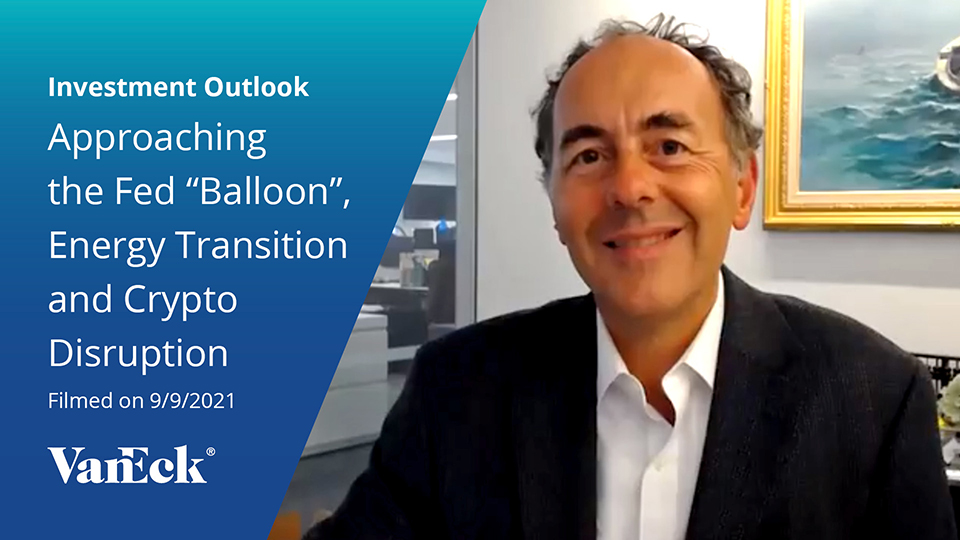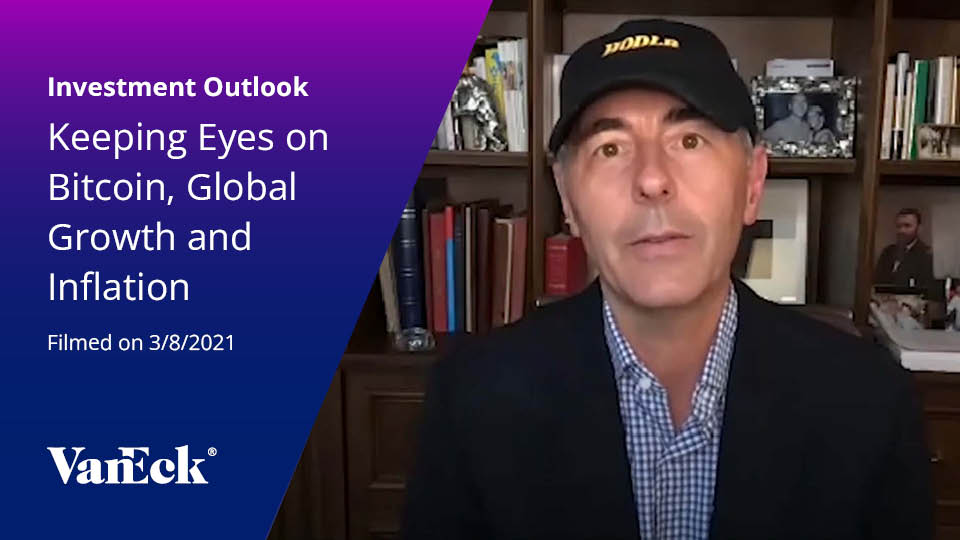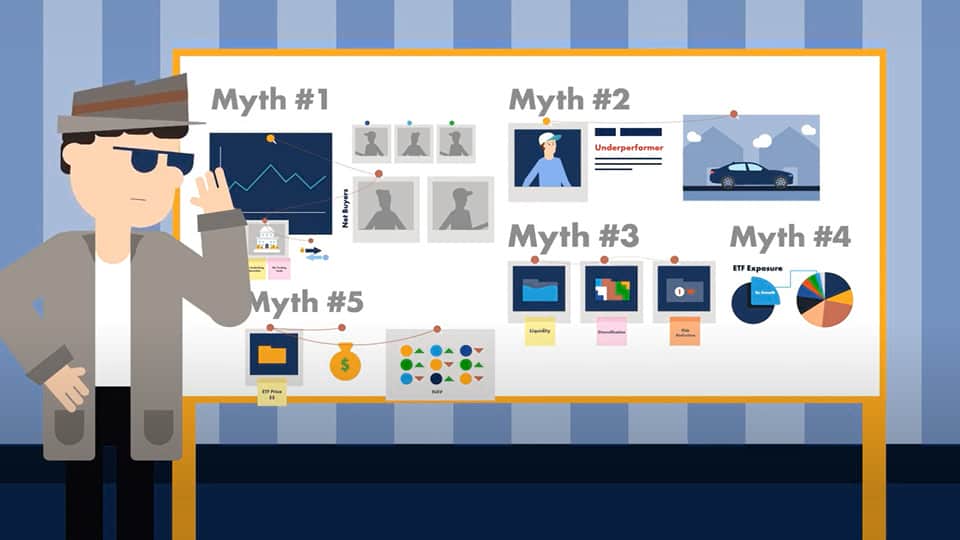ETF 104: Trade ETFs Intelligently
19 February 2020
Watch Time 2:24 MIN
Trading ETFs may seem like a straightforward process however, understanding the mechanics of buying and selling shares is key to executing trades as effectively and cost-efficiently as possible.
That’s why it’s important to understand these 3 trading best practices:
Pay Attention to Market Conditions
Similarly to how you look at the daily forecast in determining if you will need to wear a coat, investors must pay attention to market conditions in order to get the most out of ETF trades.
Look to key indicators such as the futures markets. Prior to the market opening, futures markets can be a helpful volatility indicator.
Certain days are notorious for being more volatile than others. Investors must particularly proceed with caution on these days. Politics, holiday schedules and market events are some of the many factors that can cause certain days to carry a more inherent level of volatility.
In general, volatility is an extremely important market condition to monitor—the higher the volatility, the wider the ETF spread and weaker liquidity.
Utilize Limit Orders
Investors should use limit orders whenever possible.
With limit orders, investors set a specific number of shares to buy or sell at a predetermined price or better.
This offers greater price control than other methods, which can result in more cost-effective trades.
Avoid Certain Days & Times
Believe it or not, the time of day investors choose to trade an ETF can have a major impact on the price.
Investors should avoid trading the first and last 30 minutes of market open and market close.
Market open tends to be more susceptible to elements like; breaking news, market activity, and morning economic releases that can create heightened stock volatility, wider spreads, and weaker liquidity.
Conversely, market close lends itself to overnight risk, deterring some market makers from providing strong liquidity.
Knowing how and when to time an ETF trade is especially important when it comes to international ETFs. Time differences can be a wild card- investors should try and align their trades to times when both, international and domestic markets are open.
Keeping these best practices in mind, investors stand a better chance of making cost-effective trades at a fair price.
To learn more about ETFs, visit
Important Disclosures:
This is not an offer to buy or sell, or a solicitation of any offer to buy or sell any of the securities mentioned herein. The information presented does not involve the rendering of personalized investment, financial, legal, or tax advice. Certain statements contained herein may constitute projections, forecasts and other forward looking statements, which do not reflect actual results, are valid as of the date of this communication and subject to change without notice. Information provided by third party sources are believed to be reliable and have not been independently verified for accuracy or completeness and cannot be guaranteed. The information herein represents the opinion of the author(s), but not necessarily those of VanEck.
The "Net Asset Value" (NAV) of a VanEck Vectors Exchange Traded Fund (ETF) is determined at the close of each business day, and represents the dollar value of one share of the fund; it is calculated by taking the total assets of the fund, subtracting total liabilities, and dividing by the total number of shares outstanding. The NAV is not necessarily the same as the ETF's intraday trading value. VanEck Vectors ETF investors should not expect to buy or sell shares at NAV.
ETF Fund shares are not individually redeemable and will be issued and redeemed at their net asset value (NAV) only through certain authorized broker-dealers in large, specified blocks of shares called "creation units" and otherwise can be bought and sold only through exchange trading. Shares may trade at a premium or discount to their NAV in the secondary market. You will incur brokerage expenses when trading Fund shares in the secondary market.
Investing involves substantial risk and high volatility, including possible loss of principal. Bonds and bond funds will decrease in value as interest rates rise. An investor should consider the investment objective, risks, charges and expenses of the Fund carefully before investing. To obtain a prospectus and summary prospectus, which contains this and other information, call 800.826.2333 or visit vaneck.com. Please read the prospectus and summary prospectus carefully before investing.
Related Insights
IMPORTANT DEFINITIONS & DISCLOSURES
This material may only be used outside of the United States.
This is not an offer to buy or sell, or a recommendation of any offer to buy or sell any of the securities mentioned herein. Fund holdings will vary. For a complete list of holdings in VanEck Mutual Funds and VanEck ETFs, please visit our website at www.vaneck.com.
The information presented does not involve the rendering of personalized investment, financial, legal, or tax advice. Certain statements contained herein may constitute projections, forecasts and other forward looking statements, which do not reflect actual results. Information provided by third-party sources are believed to be reliable and have not been independently verified for accuracy or completeness and cannot be guaranteed. Any opinions, projections, forecasts, and forward-looking statements presented herein are valid as of the date of this communication and are subject to change without notice. The information herein represents the opinion of the author(s), but not necessarily those of VanEck.
The views contained herein are not to be taken as advice or a recommendation to buy or sell any investment in any jurisdiction, nor is it a commitment from Van Eck Associates Corporation or its subsidiaries to participate in any transactions in any companies mentioned herein. This content is published in the United States. Investors are subject to securities and tax regulations within their applicable jurisdictions that are not addressed herein.
All investing is subject to risk, including the possible loss of the money you invest. As with any investment strategy, there is no guarantee that investment objectives will be met and investors may lose money. Diversification does not ensure a profit or protect against a loss in a declining market. Past performance is no guarantee of future results.








